I recommend that you use a photographic method to obtain the 14 necessary measurements. You should take good pictures of your face and profile and determine the correspondence between the number of pixels and millimeters. For example, if the width of your jaw (go-go) is 110mm and is 200 in pixels, then you know that if a horizontal feature is X pixels wide then it is in reality 110X/200 mm wide. I suggest that you try different features, both vertical and horizontal until you are convinced of the good correspondence. Then you can calculate the measurements from your photograph that are too difficult to get directly from your face without specialized instruments. Another good idea is to photograph a ruler or piece of paper of known dimensions precisely at the distance where you will be taking the picture.
Make sure that the picture is not taken at very short range, because this will lead to a distortion of your features. Also, make sure that you are facing foreward and your head is in the horizontal plane. Roughly speaking, your ear hole and the bottom of your eye socket should be horizontal. Try to emulate the drawings as best as you can, and don't forget to keep your mouth closed and natural.
The only measurement that is not explained in the visual guide is nose inclination. This is the angle formed between the spine of your nose and the horizontal line in degrees. You can calculate this using trigonometry. Leave a comment if you are mathematically challenged, and someone might help you if you phrase your question right.
Feel free to leave a comment if you use the calculator. As with the other calculators from the Anthropological Research Page, your results will be meaningless if you don't take extra good care in your measurements.
UPDATE: The female version can be found here.
UPDATE: I have to say that I am surprised with my results. I was not at all satisfied with the way my measurements turned out, so I did them twice. Either the calculator really works well, or it got a lucky guess. Do your own and let me know how it works for you!


UPDATE (Sep 8): The male and female versions are now online with some improvements to help users detect possible problem areas in their measurements.
UPDATE: To validate the calculator, I carried out a small experiment, using the modern Greek average that I had previously created, as well as average Germans that I had previously blogged about.
Using these pictures presented some problems. First of all, the nose inclination could not be estimated from a face picture, so I substituted the population value from the original data. Second, the scale of the pictures could not be determined, so I followed the following procedure: first, I determined which of the 14 measurements had the smallest variability in different populations by dividing the standard deviation (over all populations) / average value (over all populations). It turned out that physiognomical height (trichion-gnathion) had a ratio of about 0.03. So, I based my conversion on this measurement, filling in the unknown physiognomical height with the median (over all populations).
The results seem fairly satisfactory. I list below the input values (as calculated per the above procedure) as well as the results of the anthropometric analysis. In both German sexes, the value I calculated from the pictures was lower than the measured German average; this is probably because Germans have less of the hanging earlobe type and it is thus not easy to observe the true low point of the auricle from a facial view.
Greek male

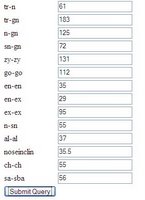
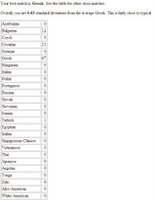
German male

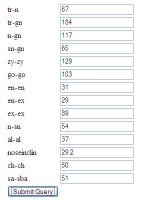
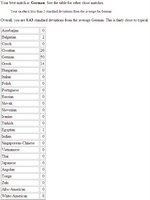
German female
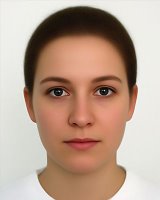
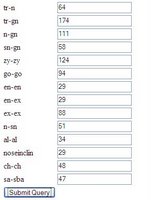
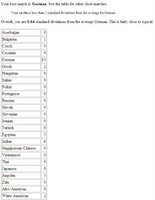
Next, I will perform a similar analysis on the prototypical attractive faces as listed in the above cited page.
UPDATE: The results for the attractive German female are below. She has a score of German=97, and is thus more "distinguishable" as German than her average counterpart, pictured above. Perhaps this provides some limited evidence that the population may value a national archetype above the current population average.
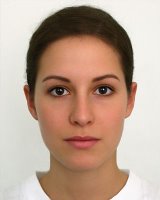
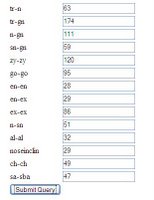
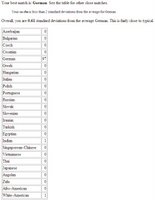
UPDATE: Here are the results for the attractive German who gets a score of German=75, again higher than his average counterpart (listed above). This is working better than I had anticipated.

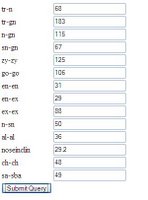

Next update: the prototypical unattractive German male and female.
UPDATE: This is getting ever more interesting. The prototypical unattractive German male has a German score=2, and has Croatian=58 and Greek=32 as its closest matches. Our expectation that Germans find German-looking faces to be attractive and non-German-looking ones to be unattractive seems to be confirmed so far!

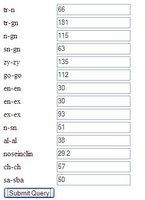
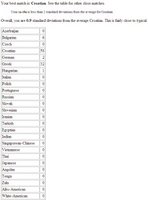
Now for the prototypical unattractive female German face, which turns out to be closest to Italian=71. Doesn't look very Italian to me, or I'm getting tired, but who knows?
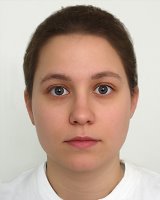
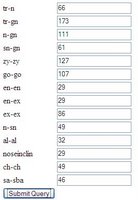
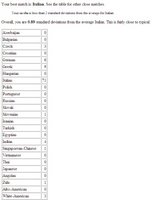
That's it for today, but if you have any sources of good pictures or any other ethnic averages, leave a comment. Also, if you want to test your own subjects, and you don't know what is the correspondence between pixels and mm, then you can use the assumption of male tr-gn = 182.4mm and female tr-gn = 172.6mm; or look up the original paper and substitute a population-appropriate value.
UPDATE: I used anthropometric data for Korean American women. The jaw width was unknown, so I substituted the median value of 99.2mm. As expected, the most probable populations were Singaporean Chinese and Japanese, two of the Mongoloid populations included in the calculator.

UPDATE: This is just too good! Surprised with the result of the unattractive German female, I decided to test an attractive Italian female and see how she measured up. This was the best frontal picture of Monica Bellucci that I could find. Here are her results. I used the median value of nose inclination.

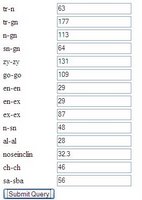
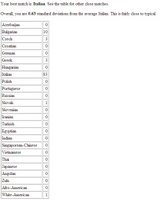
UPDATE: Phidias' Apollo. Median values for ear height and nose inclination. Results follow:

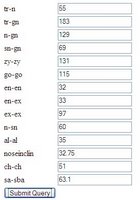
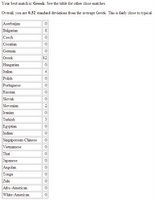
UPDATE: Praxiteles' Aphrodite of Knidos. Median value for nose inclination and ear length.

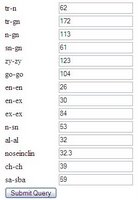
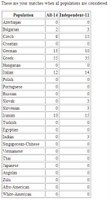

3 comments:
Interesting... According to this I score all 14 measurements as 100 greek. The independent changes on what nose incline I put there. I didn't actually on measuring my nose incline. Also interesting I measured a picture of a cro-magnon reconstruction(not perfectly) and he scored 98 greek on all 14 and 93 on Independent-11. I used this image for the cro-magnon http://piclib.nhm.ac.uk/piclib/webimages/0/47000/900/47901_big.jpg
I didn't measure these to accurately
Coincidentally, I discovered your blog. And I must say it is very interesting. You definitely gained another reader.
The result is, after a thorough measurement, which was only done at home (after measuring face 'live', checked and controlled the photographs on the computer) I'm 100% Japanese. I live in Czech republic. I know almost everything about my family from the 17th century (mother's side) and from the 19th century (father's side). No Asians, as far as I know. Is it possible that I'm the case that is remotely related to the Huns and other Mongol tribes who invaded Europe in the distant past?
Post a Comment